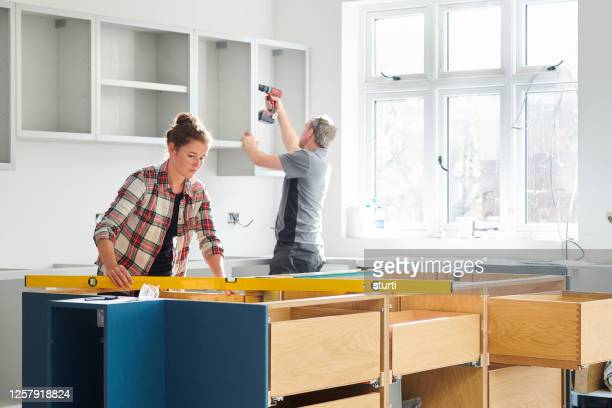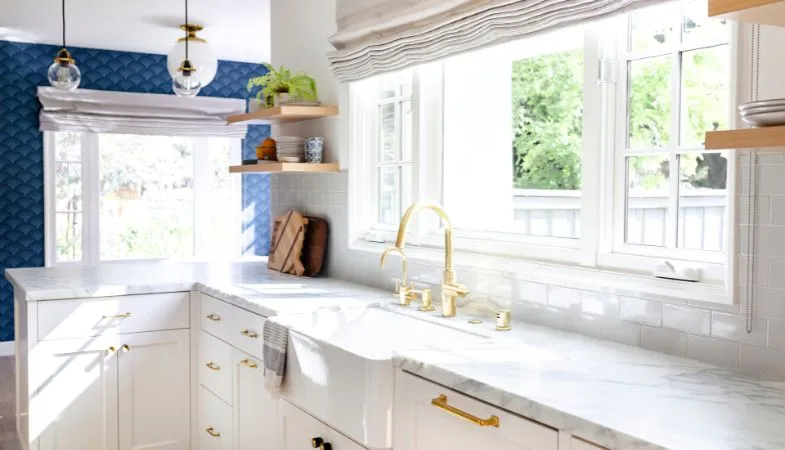
The good news is that you’ve found your dream home. The bad news is it’s a bit of a fixer-upper. You’ve saved for the down payment but do not have the money to undertake the necessary renovations. Fear not, homebuyer! There are many options available to help you finance the renovations, so you can stop dreaming and start enjoying your new home.
How to pay for renovations when buying a home
Renovation mortgage financing is one of the most popular renovation financing options for new homebuyers. It allows you to add renovation costs to your mortgage when you purchase your new home. So if your mortgage was $500,000 to cover the purchase price and you needed $60,000 for the renovations, you would assume a mortgage of $560,000.
Though it goes by other names like a purchase plus improvement mortgage, renovation mortgage financing allows you to pay for the renovation with minimum down payments as low as 5 per cent.
Essentially, when you apply for your mortgage, you will also estimate all of the costs associated with your renovations and add those to the mortgage. This can be a smart option for first-time homebuyers as they may not have enough saved to purchase the house and immediately take on a substantial renovation project.
Sometimes, you don’t even know everything that needs to be taken care of until you begin a large renovation project. That’s why you should always put aside some extra for the “unknown.” This might even just be upgraded appliances or furniture when the renovations are through, but having some money set aside is never a bad thing.
An advantage of adding the renovation costs to your mortgage is that you will almost certainly get a better interest rate than you would with a line of credit or a credit card. Furthermore, you pay for your mortgage and renovation with a single payment.
You should also talk to your lender to explore your options and determine if you can meet pre-approval criteria.
How does renovation mortgage financing work?
Every lender has different criteria for a renovation mortgage (or a purchase plus improvement mortgage). Here are some standard measures, though you should talk to your lender and understand the exact process.
- You assess what renovation needs to be done and provide a rough estimate.
- Get firm quotes from licensed contractors.
- Get approval from your lender.
- Take possession of the home and start renovations.
- After the renovations are completed and approved, your funds are released.
But, what if you already own a home and want to renovate?
Can you use an existing mortgage to pay for renovations?
There are several ways a homeowner can leverage the value of their home to finance a renovation. Mortgage refinancing is an option that many look into if they do not want to obtain funds in other ways (lines of credit, loans, etc.). Mortgage refinancing considers how much left you owe on the house, allowing you to borrow up to 80 per cent of the appraised value.
Refinancing your mortgage allows you to undertake the renovations but spread the payment out over an extended period of time with generally less interest than a credit card or personal loan rates.
It is important to recognize that to qualify for renovation mortgage financing; the renovation cost must make sense based on the property’s value or potential value.
Are there other options to finance a renovation?
There are several other financing options to finance your renovation, but which one is right for you? The answer depends on your financial situation, the renovation cost, and your home’s value.
If your renovation needs are minor, under $5000, paying with cash, credit card, or a personal line of credit may be a better option than refinancing your home. When the expenses start moving over $20,000, you may start thinking about a Home Equity Line of Credit (HELOC).
A HELOC is a revolving line of credit secured by the equity in your home. Unlike a personal line of credit, which is unsecured, you are borrowing against an asset. This difference means that interest rates are significantly lower when compared to unsecured loans and lines of credit.
If you’re planning a green renovation, you could qualify for a federal grant or loan through the Greener Homes program. The program aims to make homes more energy efficient and comfortable.
Making the value of your home renovation
Whether you’re undertaking renovation costs in your mortgage or simply just looking to increase the ROI, it’s essential to know what areas of your house are worth investing in. Understanding the best renovations for the greatest ROI will help you prioritize your to-do list. It’s also good to do some research and understand what types of remodelling mistakes can decrease your home’s value.
So the next time you walk into a home needing work, don’t get scared off immediately if you don’t have the funds readily available to renovate. Whether you use renovation mortgage financing or borrow against an existing mortgage, your dream home may be more achievable than you think.
Looking to enter the market or understand the current value of your home? Contact a local RE/MAX Agent to help get you started.

